The Verified Merchant Program is a helpful tool for eCommerce sellers to gain traction and exposure for their products on Pinterest. It focuses on aiding shoppers in discovering and purchasing from reputable brands. For e-commerce sellers, it guarantees enhanced visibility on the platform, ensuring that your brand distinguishes itself and gains trust among your audience.
So that all seems like a pretty good deal, right? Read on to find out if it truly is as good as it sounds.
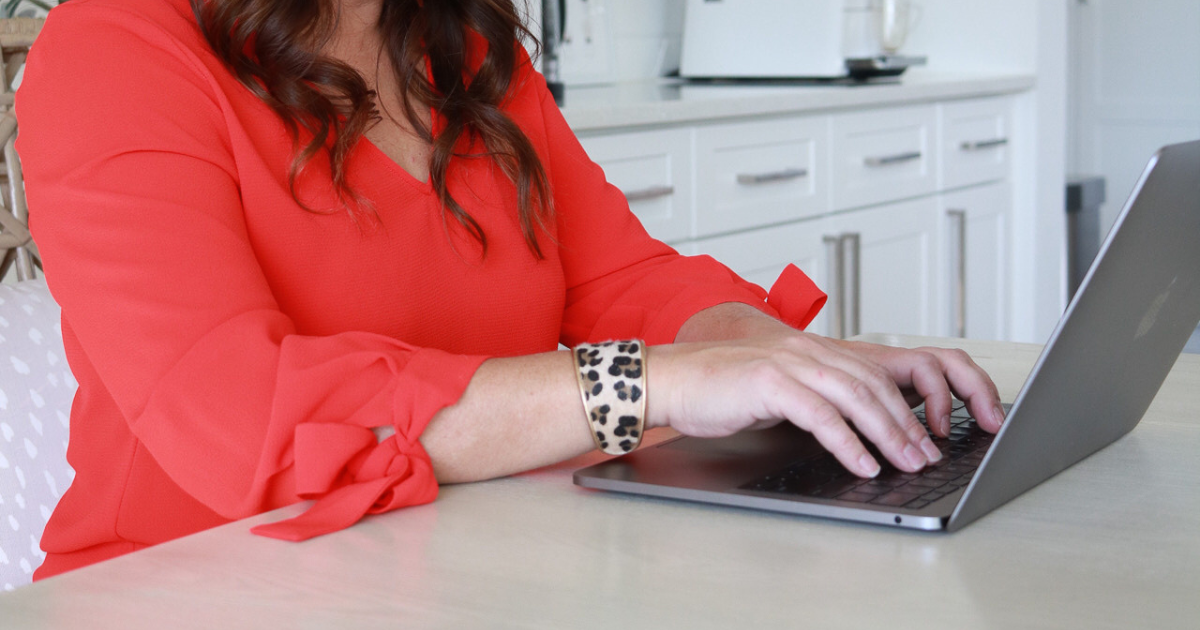
Benefits of The Verified Merchant Program
The program uses easy integrations and it’s members get a blue checkmark on their profile (fancy shmancy, right?). Pinterest says that brands with verified merchant status see a 17% higher conversion rate than those without. For e-commerce brands looking to establish a reputable presence and connect with Pinterest’s community of millions of active users seeking inspiration and products, the Verified Merchant Program might be the right next step for you. Here are several benefits of joining the program:
- Credibility – You get the blue checkmark that tells pinners you are vetted. Pinterest trusts you, therefore they can trust you.
- Expanded reach – Products sold from a verified merchant are distributed among shopping experiences like the “related pin” section or the product pin section.
- Eligibility for other features – Only verified merchants have access to features like “merchant details” and hosted checkout via Shopify. For years Pinterest has played around with whether or not they’re going to do a checkout on Pinterest or leave it on your sight. Our hunch is that they are leaning towards leaving it on your site. However, Bill Reddy, the new CEO, comes with a history at Google Commerce, Venmo, and PayPal. So maybe we’ll see a hosted checkout on Pinterest.
Related: Setting Up Your Pinterest Catalog
How To Become A Verified Merchant on Pinterest
If you are interested in becoming a verified merchant on Pinterest, here are the requirements you must meet in order to qualify:
- Your Pinterest account needs to have been created at least three months ago.
- Your business website needs to have been created at least 13 months ago.
- Your Pinterest account has a profile photo and a completed About section.
- Your products and your website meet the Pinterest merchant guidelines.
- You’ve uploaded your catalog to Pinterest.
- You’ve set up a conversion source on Pinterest by installing the Pinterest tag, using the Pinterest API for conversions or uploading conversion files.
Currently the program is available in Australia, Austria, Brazil, Canada, France, Germany, Italy, Mexico, the Netherlands, Spain, Switzerland, the UK, or the US.
Related: Why We Started A Shopify Store
Things To Be Aware Of About The Program
One thing to be aware of when applying for Verified Merchant Program is that Pinterest only allows you to apply two times. So before you make your appeal, you need to really make sure things are good to go. We’ve seen some people not get approved for verified merchant status because of a few things:
- Your shipping policy isn’t clear enough.
- Your image quality isn’t great.
- Your About page isn’t completed.
- Your merchant domain does not meet brand information requirements or your domain name doesn’t match your business name.
If you do get denied, Pinterest will let you know what requirement from the above list you’re missing.
Updates About THe Program
There haven’t been many changes to the program; it remains largely unchanged since its beginning and continues to be a viable option for those using Shopify, BigCommerce, or WooCommerce. However, Pinterest has become significantly clearer about what they will and will not approve for the program.
- They have cracked down on controversial niches. For instance, if you are in the space of of alcohol, drugs, CBD or hemp, weight loss, pills, medical devices, or any unsafe healthcare products, you’re not going to get approved.
- Etsy sellers, Teachers Pay Teachers sellers, or anyone using a third party selling platform, cannot be a verified merchant. These kinds of sellers aren’t able to connect their shop because they don’t actually own the shop feed.
Even if you don’t use one of the big programs with easy integrations, you can still get a ton of the shopping features, including product pins. The Verified Merchant Program might not be for you, but that doesn’t mean that you don’t want to get your shop connected on Pinterest.
There’s a lot of benefits with product pins on Pinterest. One of the main pushbacks from people before the Verified Merchant Program was birthed was that if people were pinning their products from their shop, there was no way to adjust price or quantity, and those pins would live on the platform forever. Now, with your catalog connected, your products receive accurate price and quantity updates. If an item goes out of stock or is no longer available for sale, any associated pins on the platform will be removed, eliminating any concerns about lingering pins.
Work With Us
Pinterest has made significant strides with the launch of the Verified Merchant Program and the introduction of shop features. If you have any questions or need help connecting your shop, we are available to help. Reach out to us at [email protected] via email or schedule a discovery call with us, and together, we can work to create an effective Pinterest strategy for you.
More Simple Pin Resources:
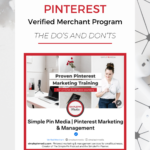
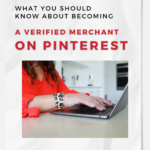

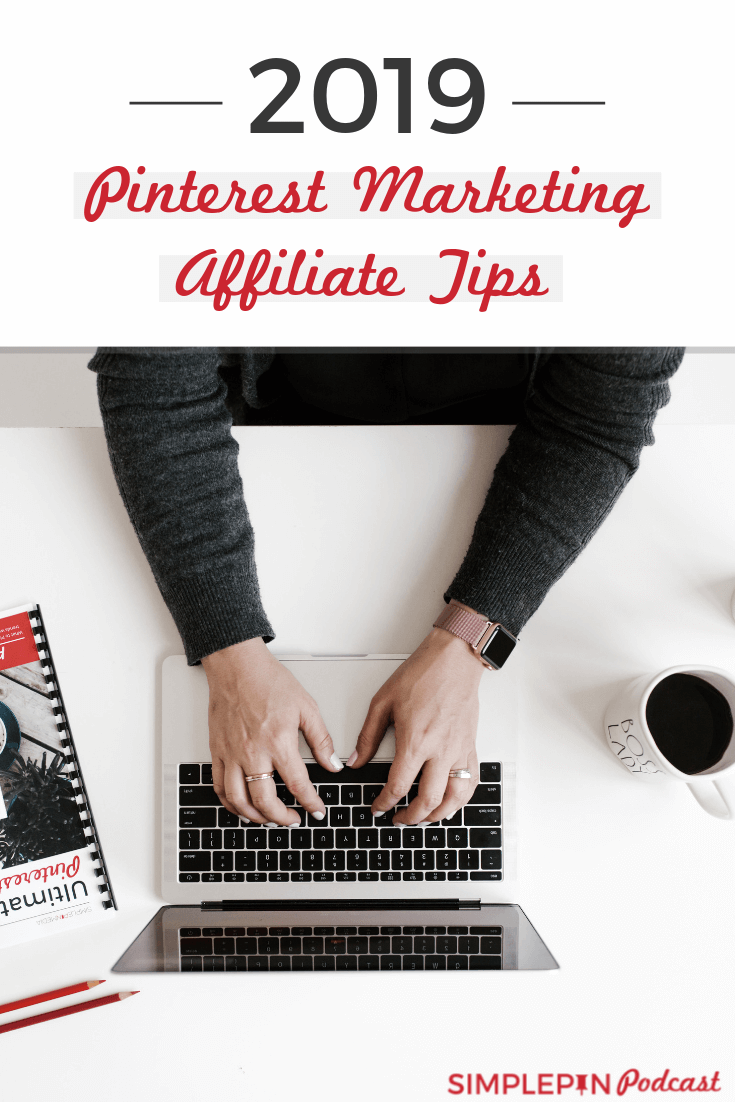
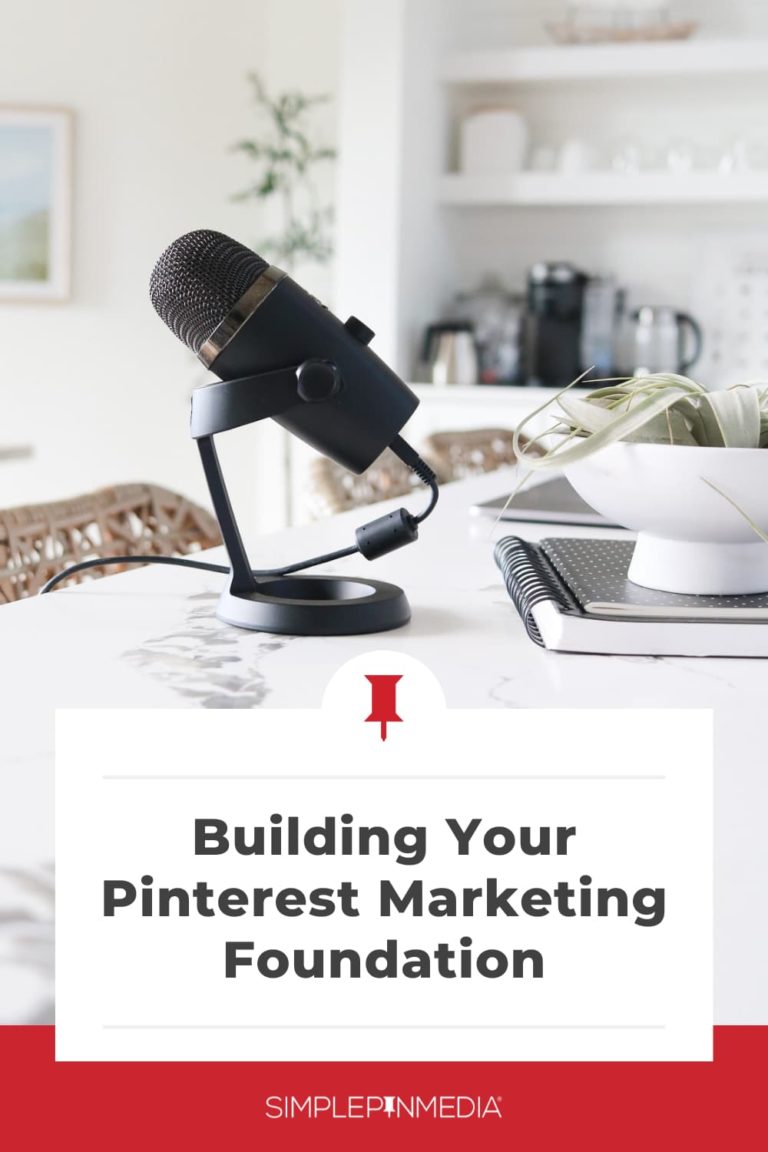
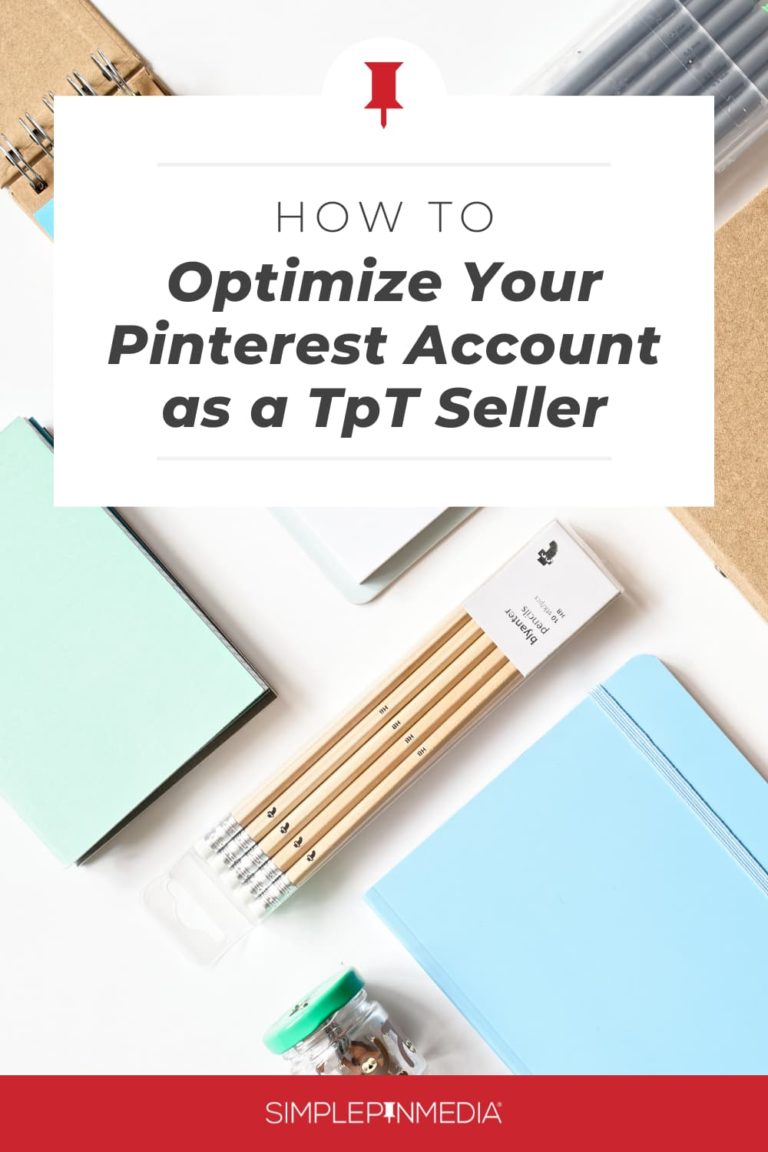



One thing that confuses a lot of people is that in order for your VM status to be approved and to maintain that status is that the shop needs to have at least one sale/conversion every 30 days. Until Pinterest can record a conversion you will not get approved. It’s not just as simple as setting up the conversion source. . . it needs to see that you actually have made a sale.